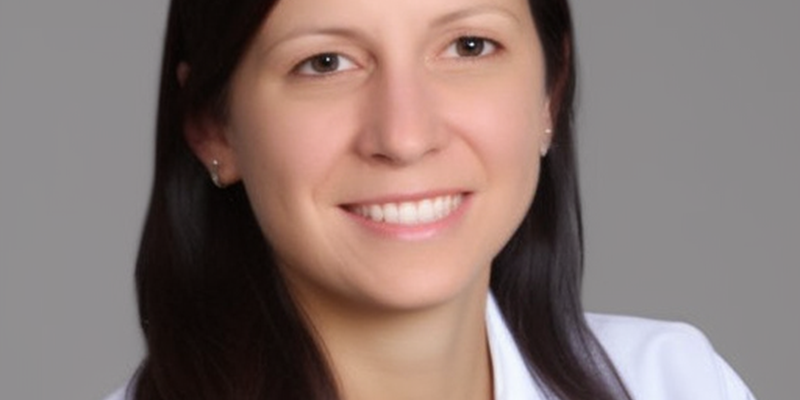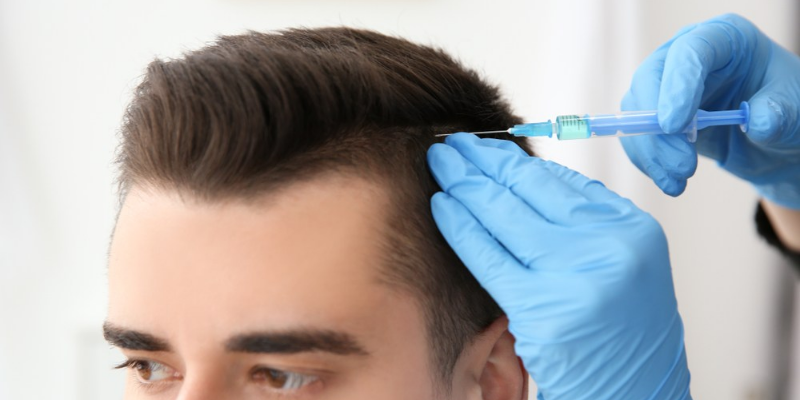Hair Transplant Before And After 5000 Grafts
Is it possible to get 5000 grafts hair transplant? Well, if you look at hair transplant before and after 5000 grafts you can see it’s possible. Having hair transplant surgery is a huge deal for patients, and most want to do as much as possible in one sitting in order to get the greatest outcomes and prevent further procedures, if feasible. As a result, why don’t we just carry out an all-encompassing procedure, say, 5,000 injections? Isn’t it true that more grafts would be more visually appealing? If we utilized 5,000 or 6,000 grafts instead of what was recommended, wouldn’t we be able to arrange them closer together and produce more density? Not always, and it’s not often that straightforward in medicine and surgery.
Most individuals don’t require 5,000 to 6,000 grafts in a single procedure. To put things in perspective, it takes between 5,000 and 6,000 grafts to adequately cover a bald scalp from “front to back.” The majority of our patients come to see us before they lose all of their hair. In most cases, thinning is limited to just a few places of the scalp. It’s one of the reasons why we like to propose a higher number of injections, such as 2,500 or 3,000 grafts. If it takes 5,000 grafts to cover the entire scalp, you may only require 2,500 or 3,000 grafts to address the thinning of the frontal scalp.
Hair Transplant Before And After 5000 Grafts Results
There is no need to perform 5,000 grafts in that area. Putting this many grafts into an area that only requires half the number would be incorrect, just as it would be highly wrong and inappropriate to take this many grafts and then not use them would also be unsuitable. Keep in mind that you only have so many grafts in your donor area. There will be no more of them. These extra grafts could come in handy in the future. So only use what you need right now, and save the rest for future use in the donor area.
In men, male pattern baldness, or M-pattern baldness, is a highly frequent condition. From the top of the head to the bottom, it is fanned out in a zigzag motion. Additional measurements are made to assess how wide the person’s thinning patches are. When the general shape of the face is known, the age of the person and the number of hair follicles to be transplanted can be determined. These standards are also used to the art of hair design. For the most part, hair transplantation is done to achieve a natural-looking appearance by using a style that is most appropriate for the patient’s age and face type. Computer-assisted hair analysis and hair design are used to determine the amount of grafts that need to be implanted.
Hair Transplant Before And After 5000 Grafts In Turkey
In Turkey, 5000 graft hair transplants are becoming more popular. In male-pattern baldness, the nape of the neck is the only area of the scalp that is not suited for a 5,000-graft hair transplant. Because testosterone has no effect on the nape area of the head in male-type hair loss, there will be no hair loss in this area. However, the rest of the scalp is also affected by hair loss. The back of the scalp provided it has enough hair follicles, can be used as a donor in this situation. Hair follicles from other regions of the body, such as the cheek or chest, are transplanted to the back of the head if there are not enough follicles on the back of the head.
While hair transplant patients often hear this word, it’s also used in other domains of medicine besides that one. A graft is a piece of tissue taken from any region of our body and transplanted to another part of our body without any vascular or nerve connections. Using a technique known as “diffusion,” this piece of fabric is fed into the transit zone.
Diffusion is the process by which the graft is fed by the tissues and capillaries around it. No vascular or nerve connections are needed to do this. Tissue adapts to the environment in which it is moved, forming new vascular connections. The grafts are unable to adjust and die if they have any nutritional issues. Grafts are made from the thinnest and smallest possible components to avoid this.
How To Implant Grafts?
Donor grafts are harvested from the recipient’s own scalp for hair transplantation. As soon as this has been done it is ready for transplantation into the bald area. The graft usually contains hair follicles and skin. The amount of skin and hair follicles in a graft determines the type of graft. The grafts used in the hair transplant procedure might be of varying dimensions.
Double, triple, and five hair follicles are common in grafts taken from the donor area between the neck and the two ears. Each step in the process of re-growing hair in an area where it has been lost might have an impact on how successful the procedure is. Now grafts come into play. A person’s donor area hair follicle count, structure, quality, and density all go into how much hair will grow in the transplanted area.
There are a variety of ways to gather grafts from the donor area. The FUE technique uses smaller grafts of skin to gather hair follicles. Whereas the FUT Technique uses larger grafts of skin to accomplish hair transplant surgeries. Because of the grafts’ compactness and small size, wound healing is expedited by the apparatus that collects them. The term “micrografts” refers to the little tissues harvested using the micro FUE method.
How Many Sessions Are Necessary For 5000 Graft Hair Transplant?
Modern procedures like FUE and DHI allow for 5,000 grafts to be transplanted in a single procedure. A six-hour operation is all that is required to finish this task. Hair follicles in good condition are removed one at a time from the donor area using FUE or DHI techniques. After then transplanted one at a time into the balding area with an even distribution in accordance with the hair design. A local sedative needle can be utilized in current hair transplant surgery. There is no visible scarring because no incisions are made in the head. During the operation, there is no discomfort.
Hair Transplant Turkey Before and After Photos will Show You How Great It is to Have Hair!
If you are considering a hair transplant abroad, one of the best ways to decide if it’s right for you is to look at hair transplant Turkey before and after photos. Hair transplants in Turkey have become increasingly popular in recent years, and many people choose to go there for their procedures. This is because Turkish clinics offer high-quality care at competitive prices. Remember that every individual’s results will vary when looking at hair transplant before and after photos. However, the photos can give you an idea of what to expect from the procedure. In general, people can expect a dramatic improvement in their overall appearance.

The before photos typically show individuals with thinning or balding hair. The after photos show a significant improvement in the density and volume of the individual’s hair. In some cases, the hair transplant Turkey before and after results can be quite dramatic, with a full head of healthy-looking hair. The skill and experience of the surgeon, the quality of the hair follicles used, and the individual’s response to the procedure all affect the result of a hair transplant. Therefore, it is best to consult with a qualified professional before deciding about undergoing a hair transplant in Turkey.





